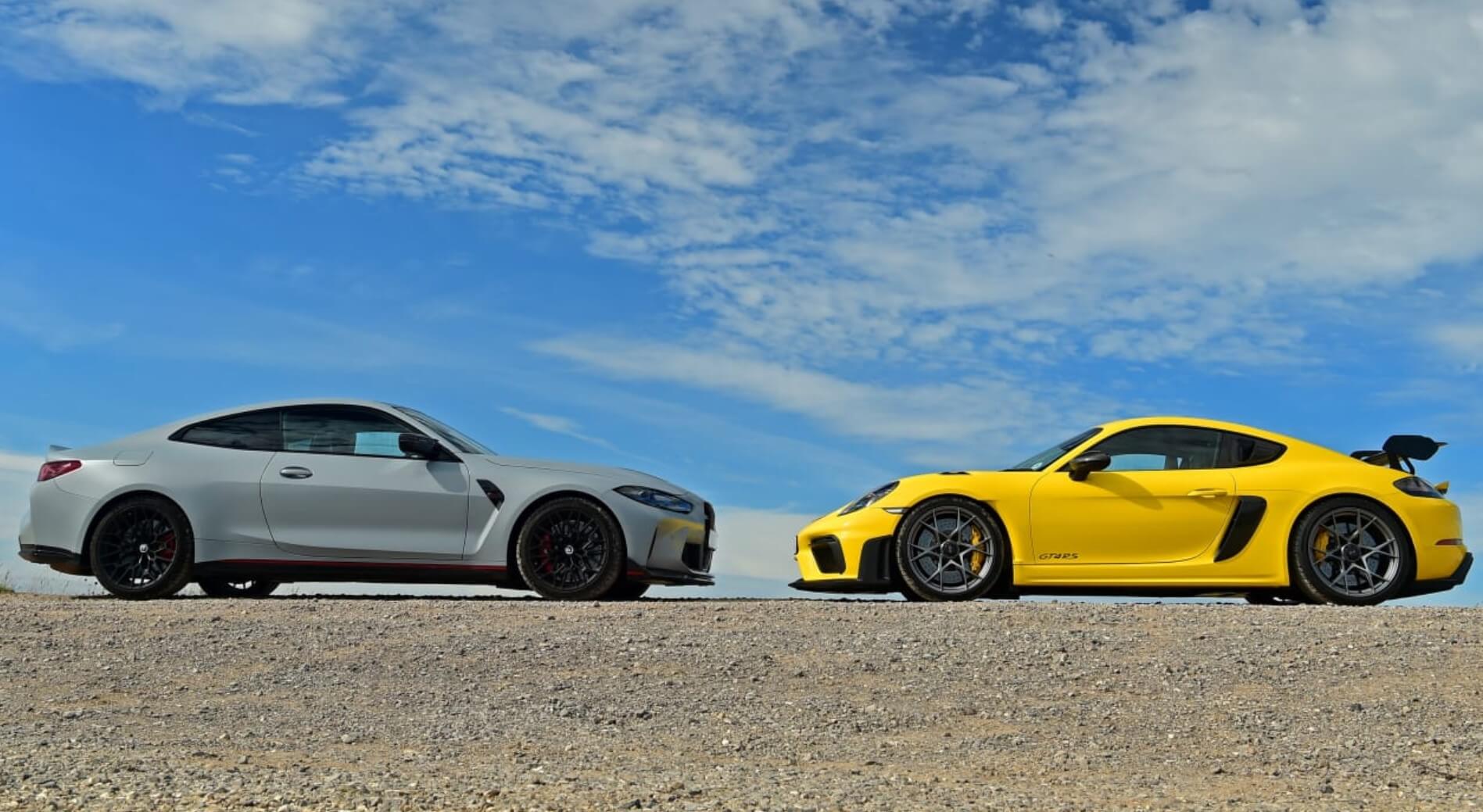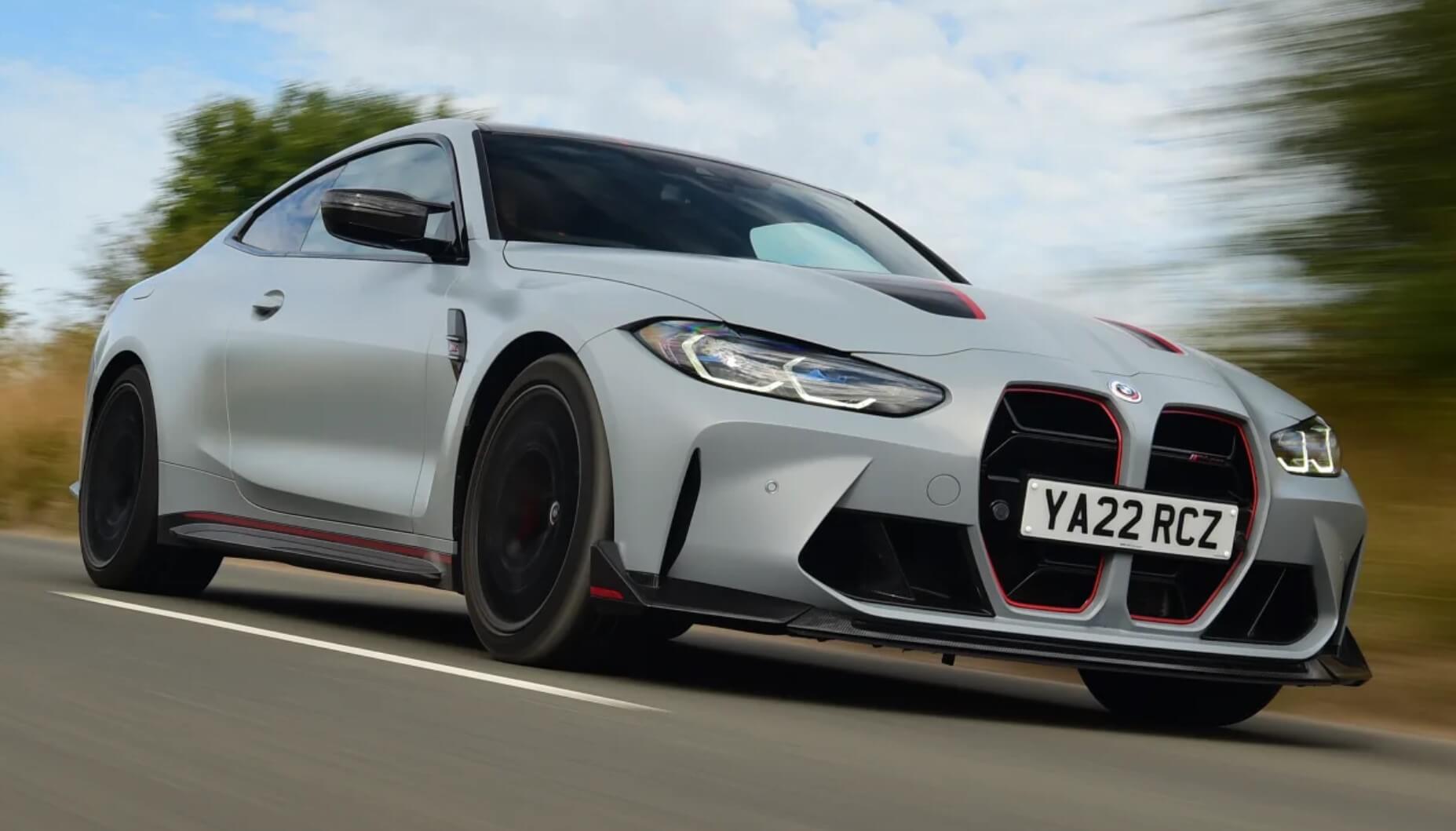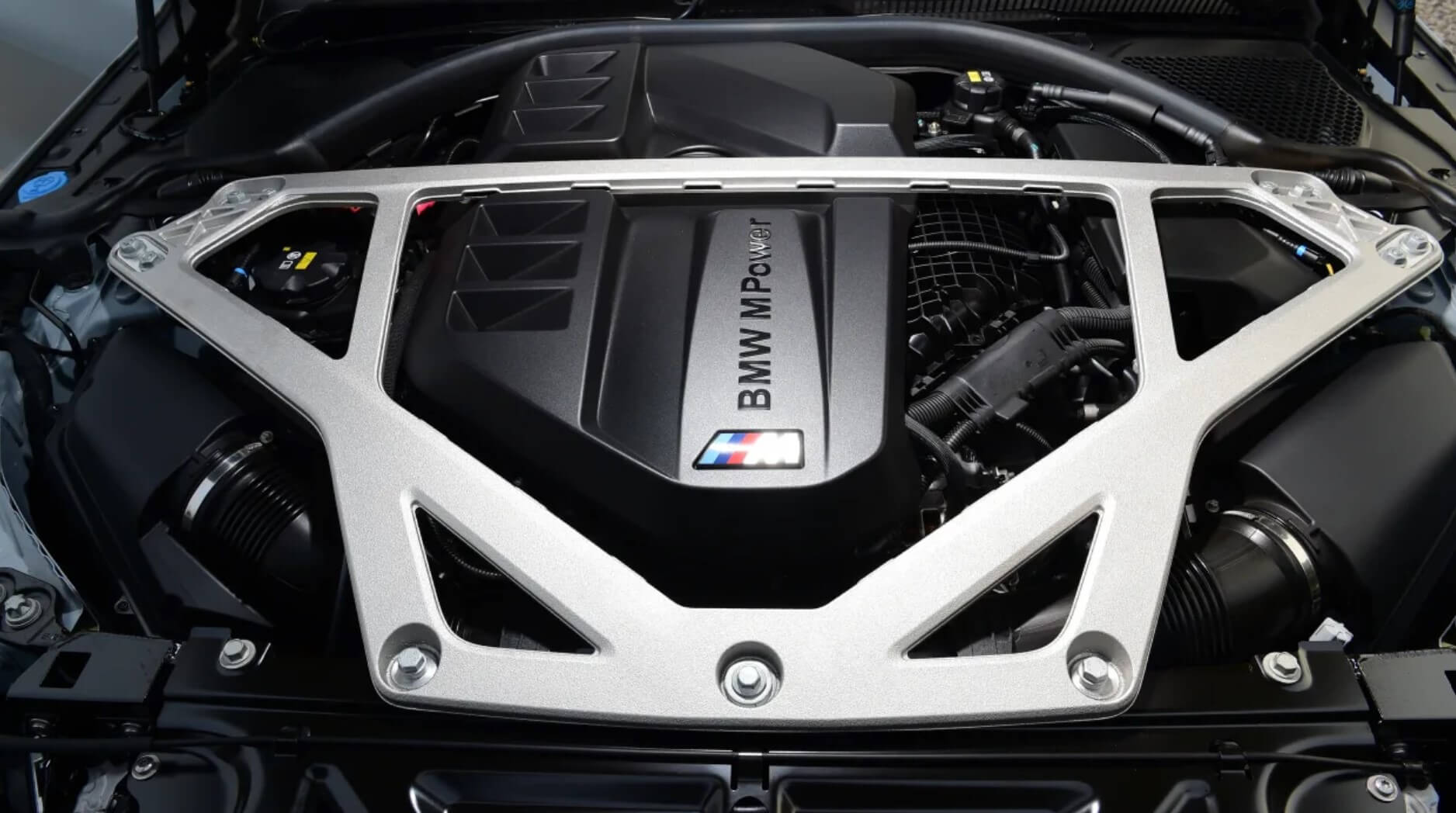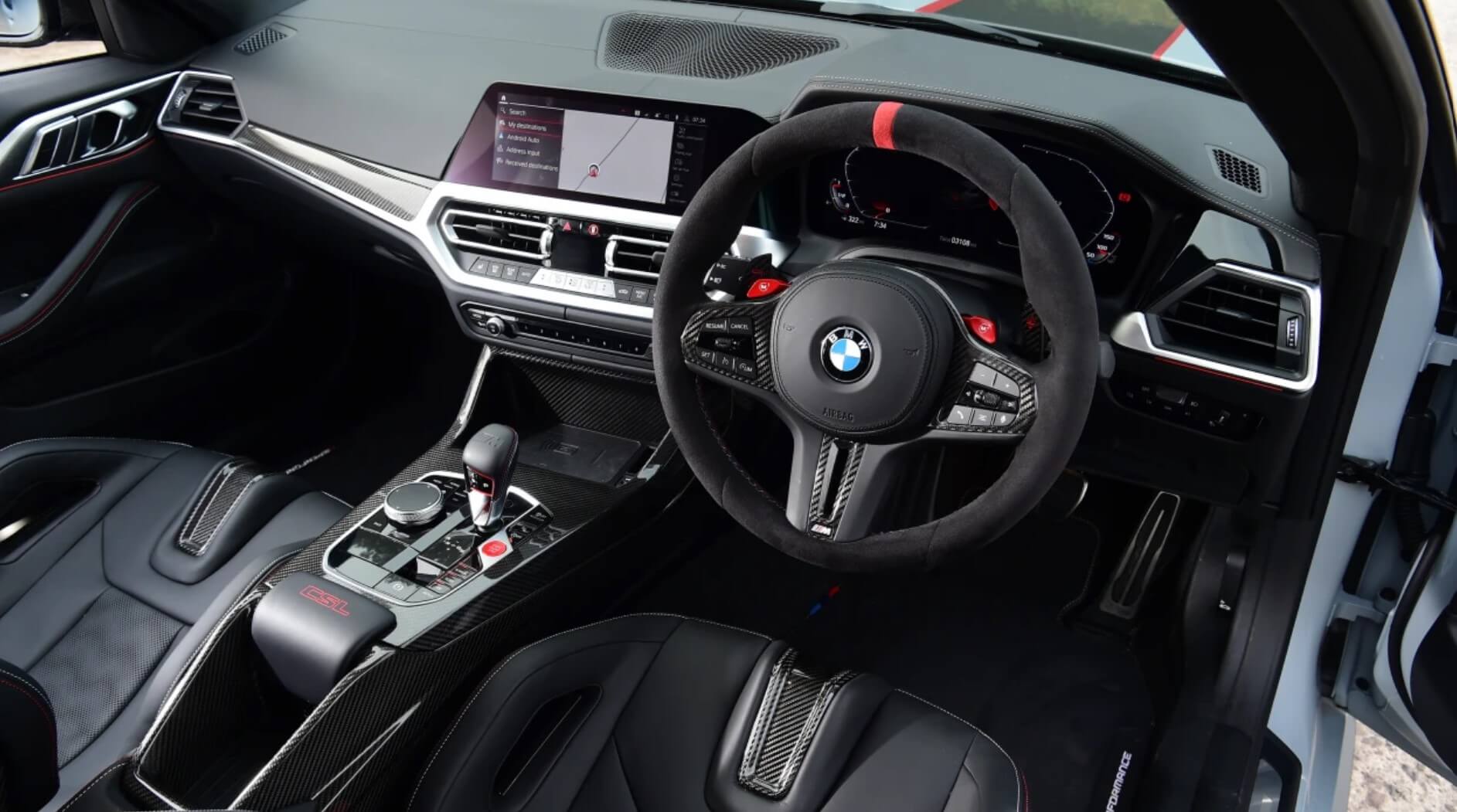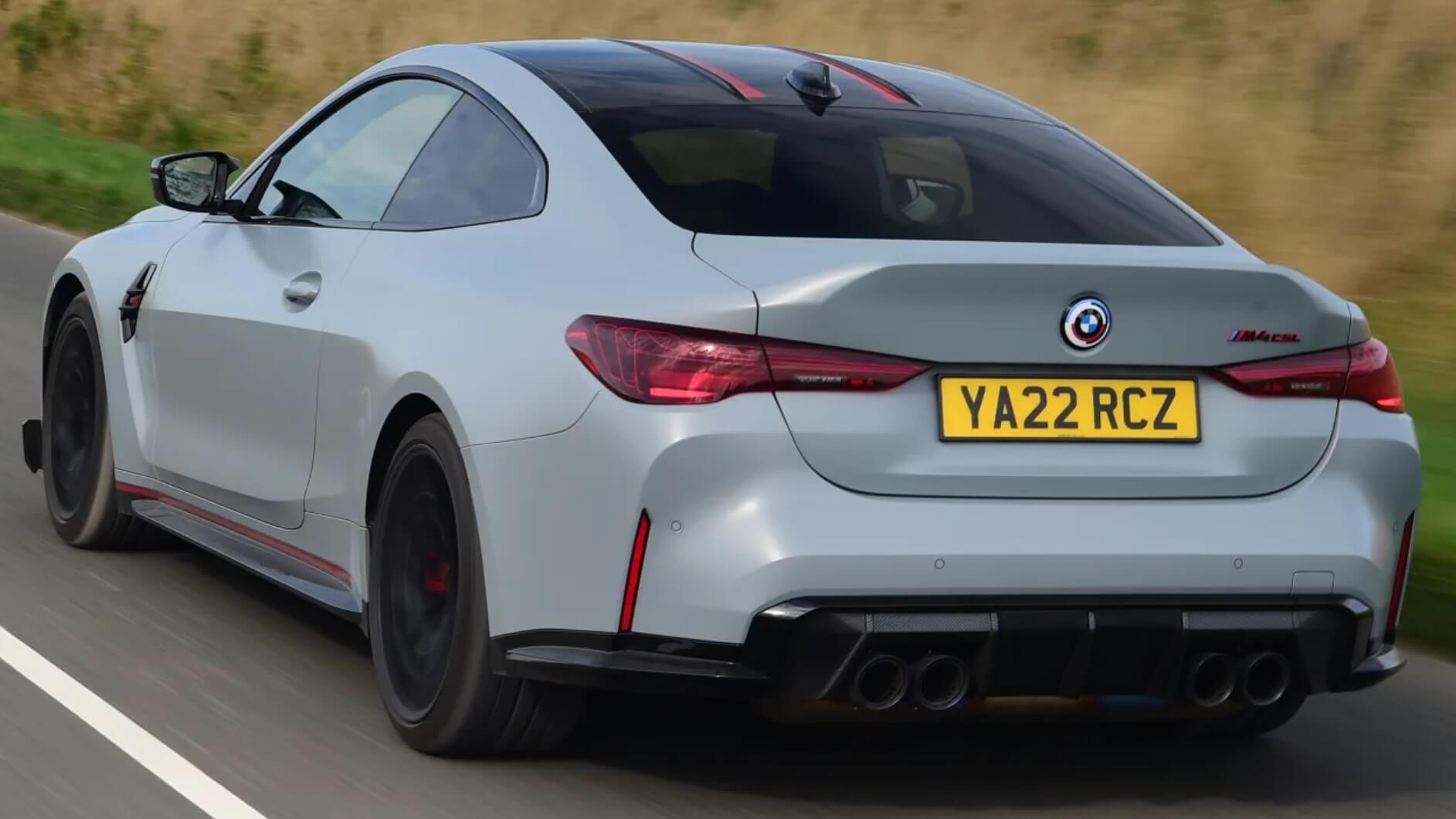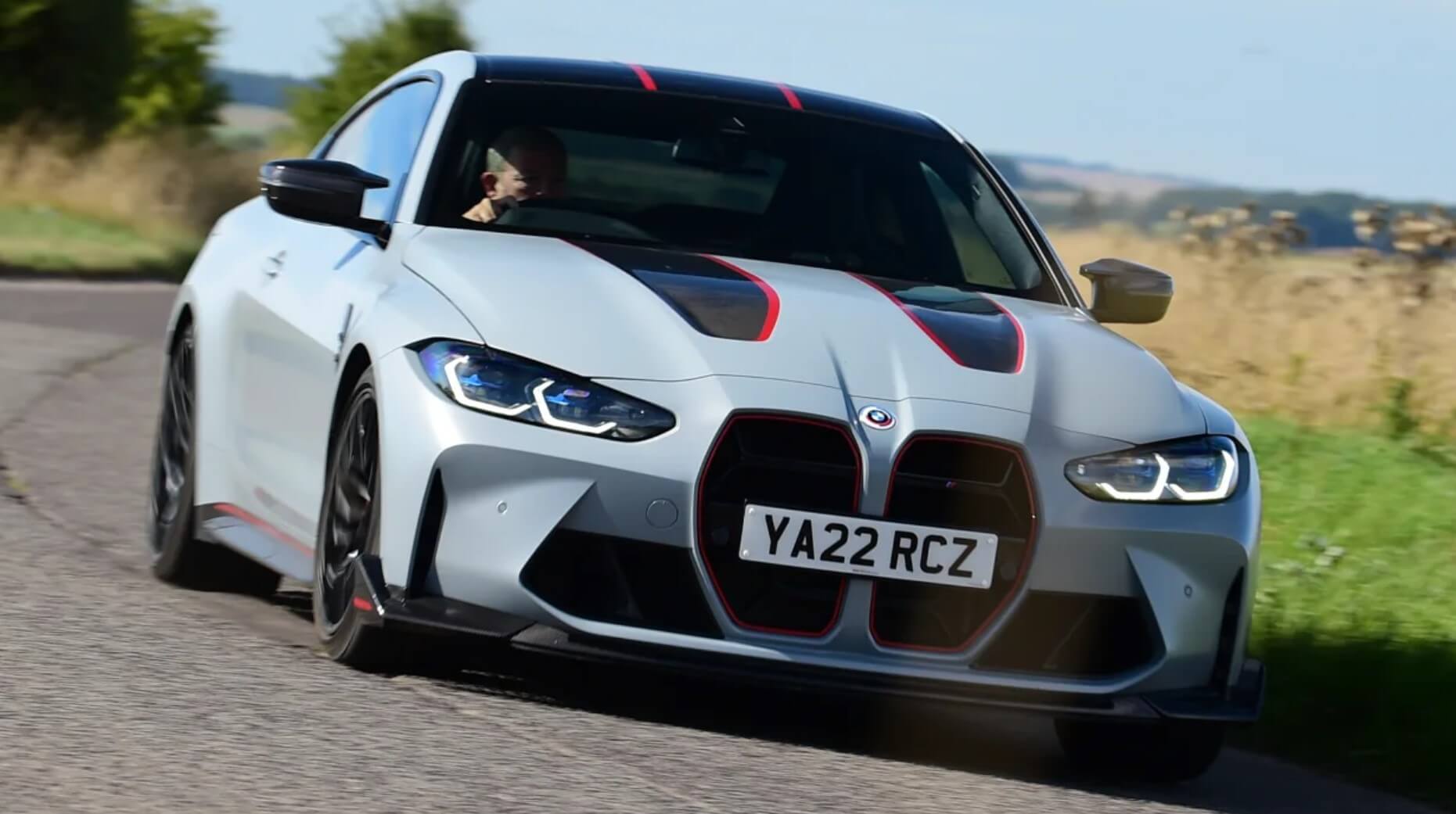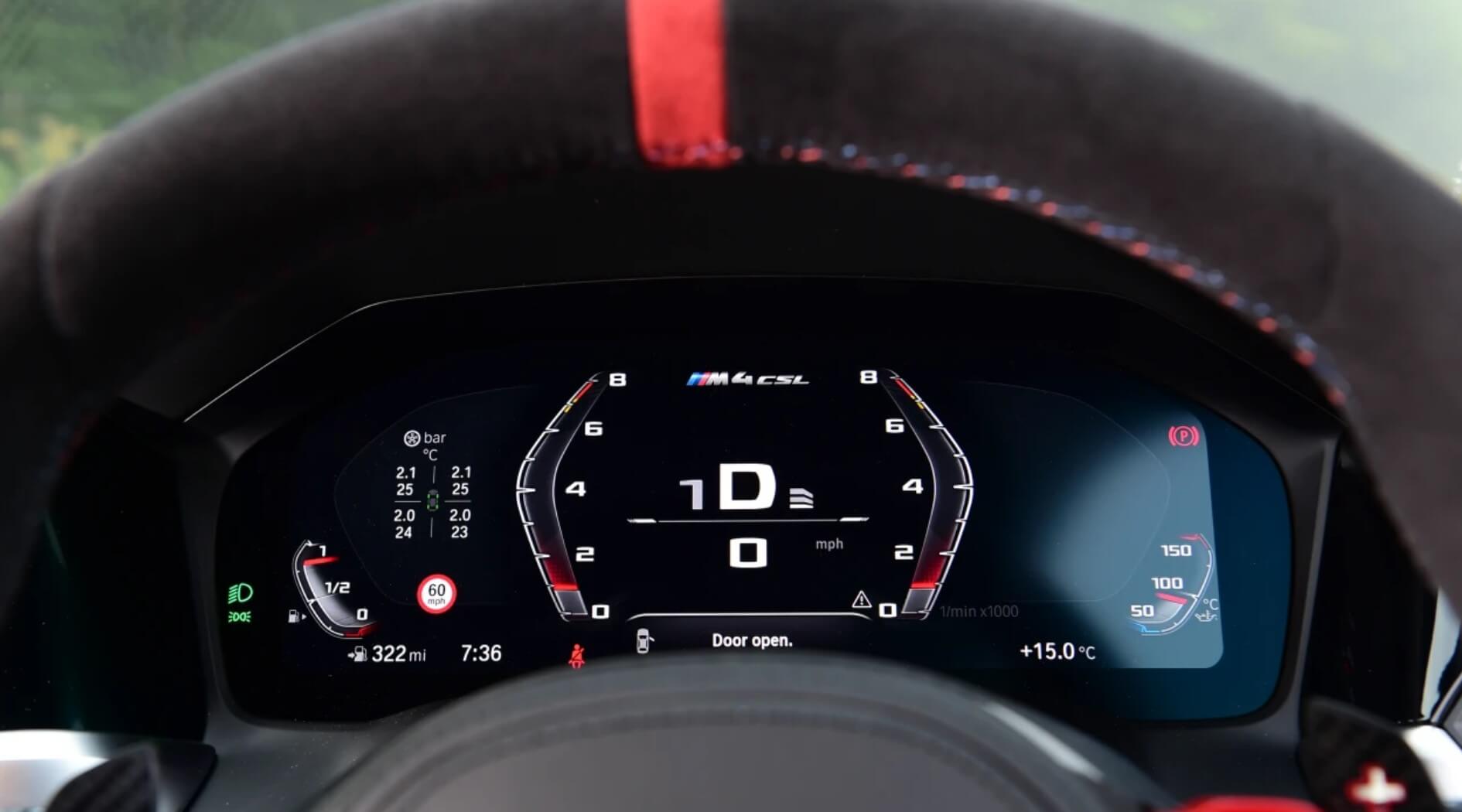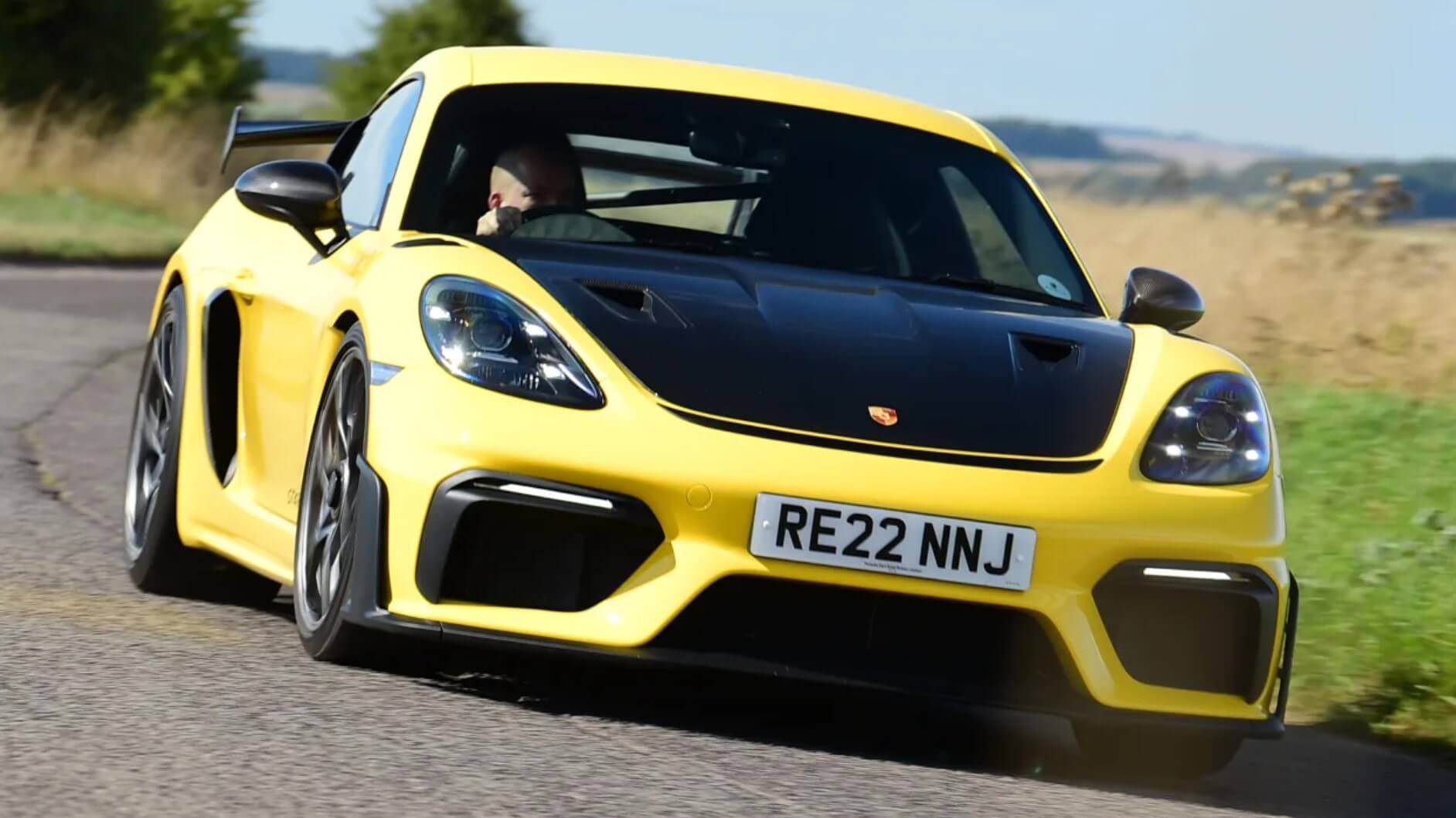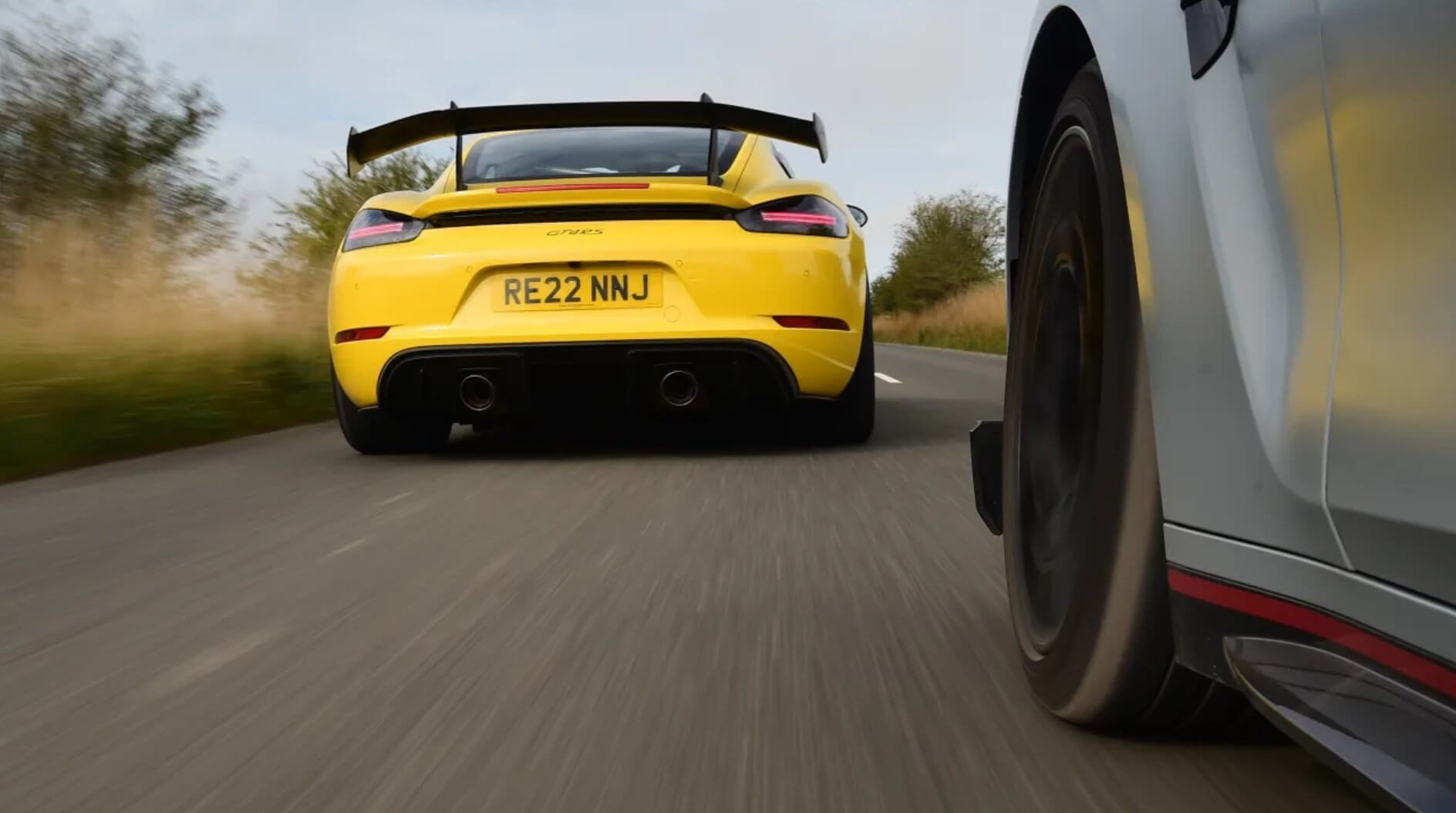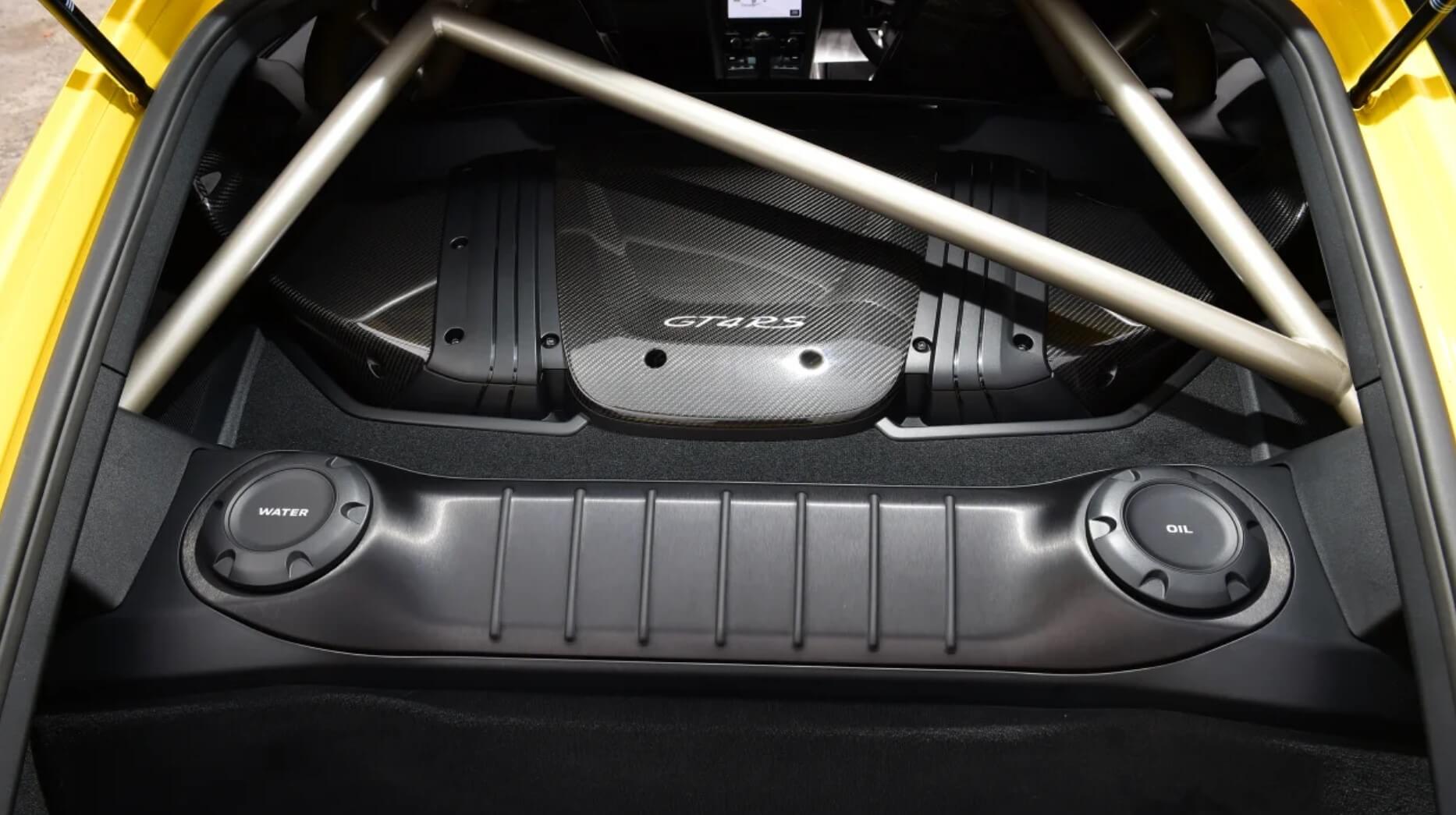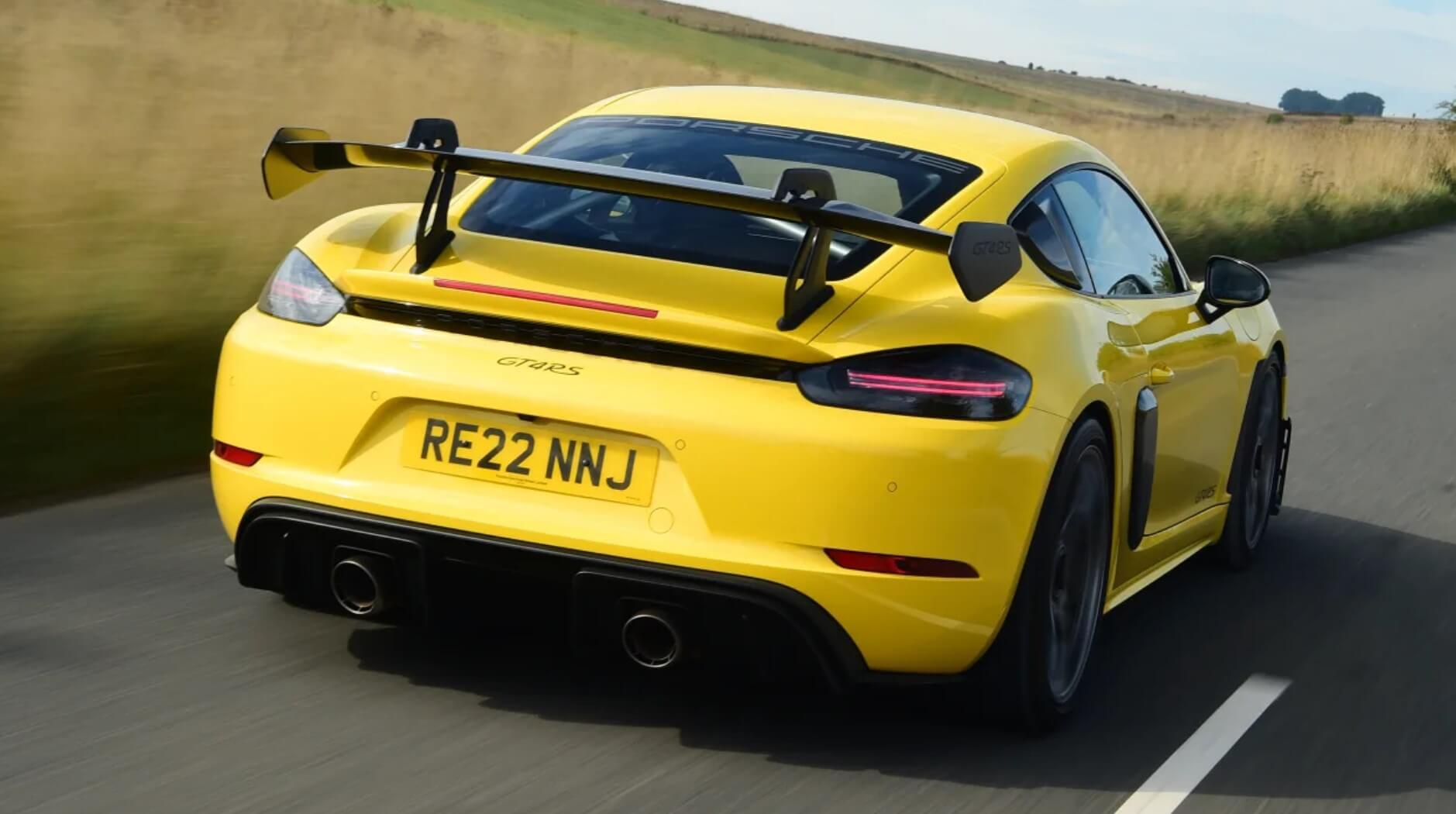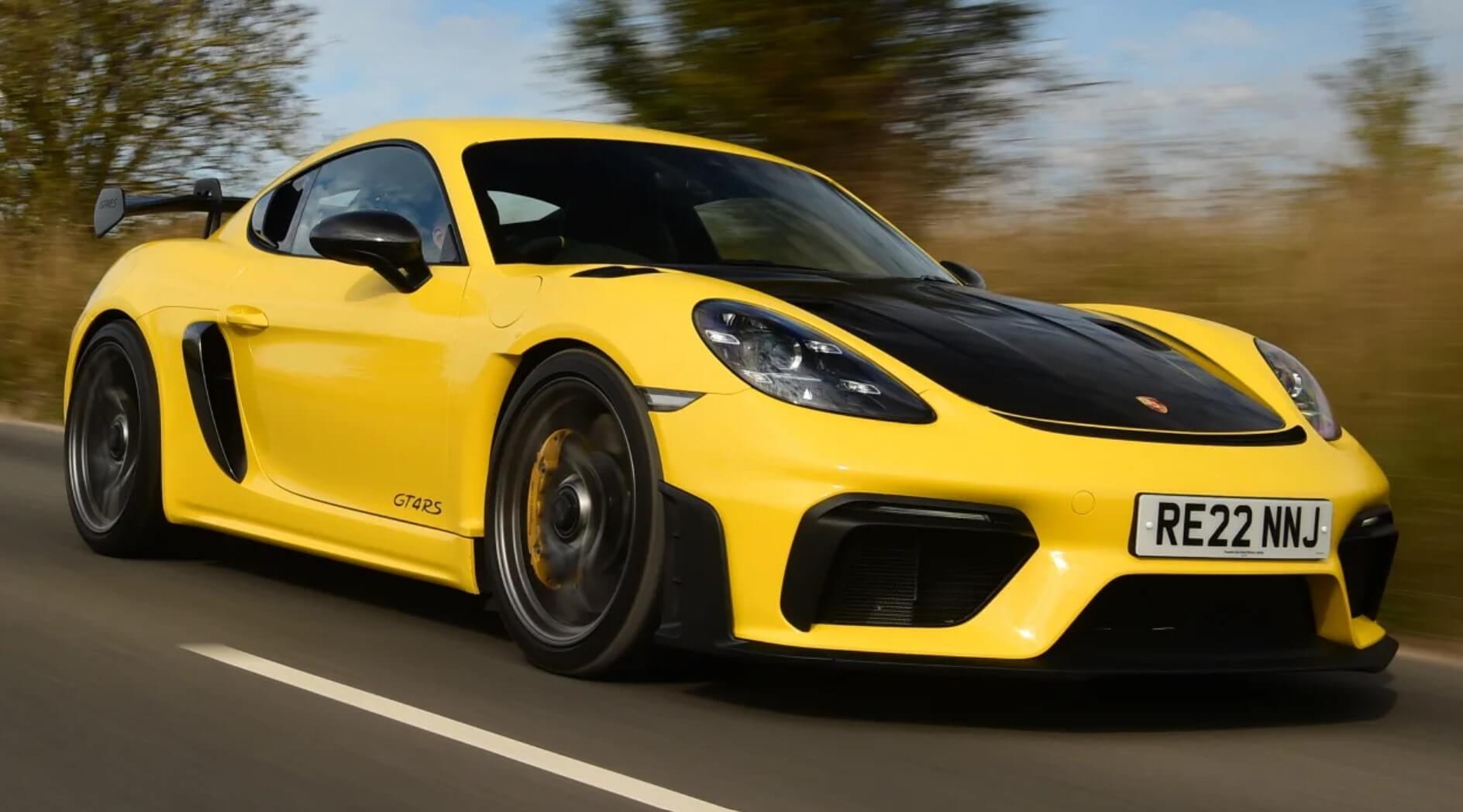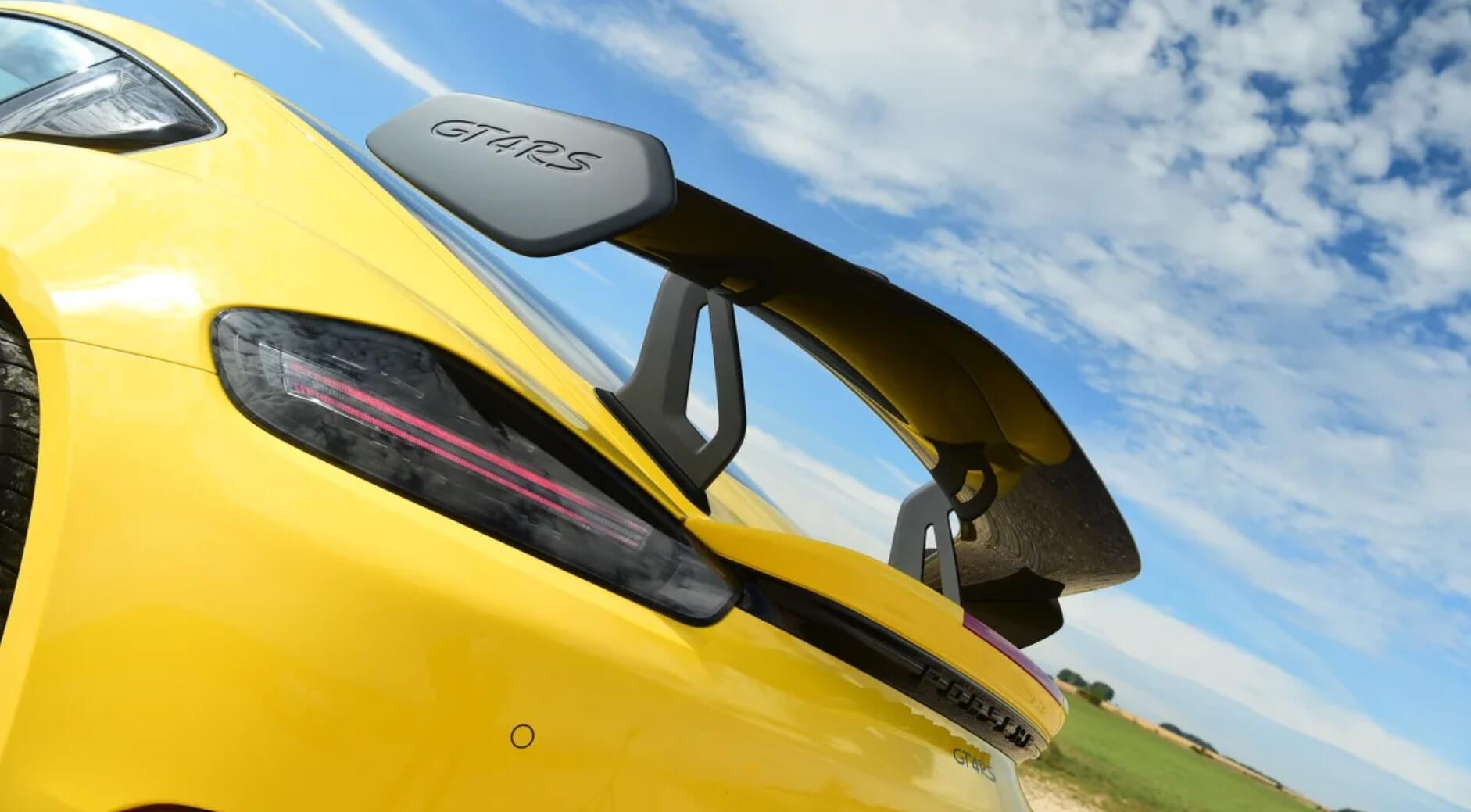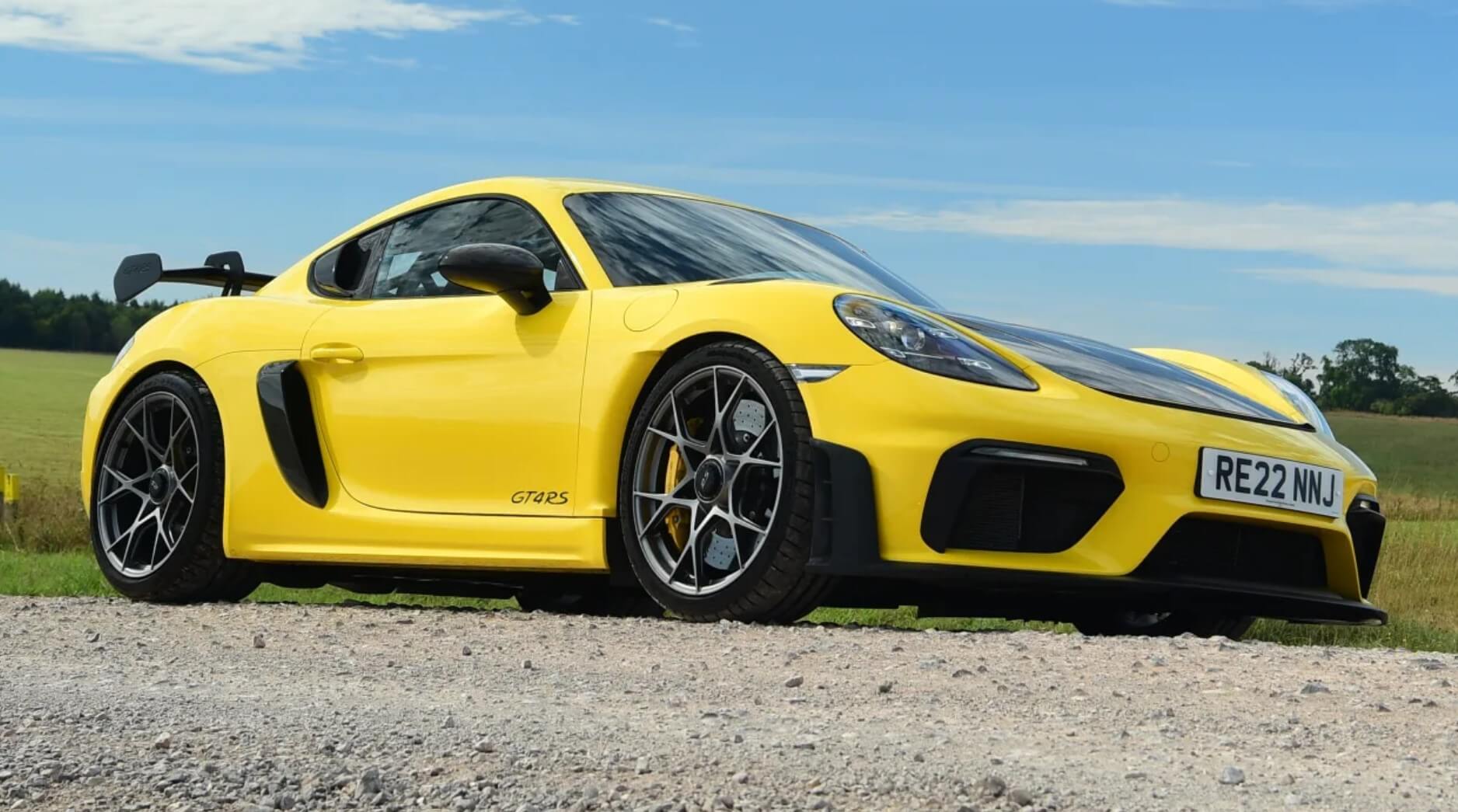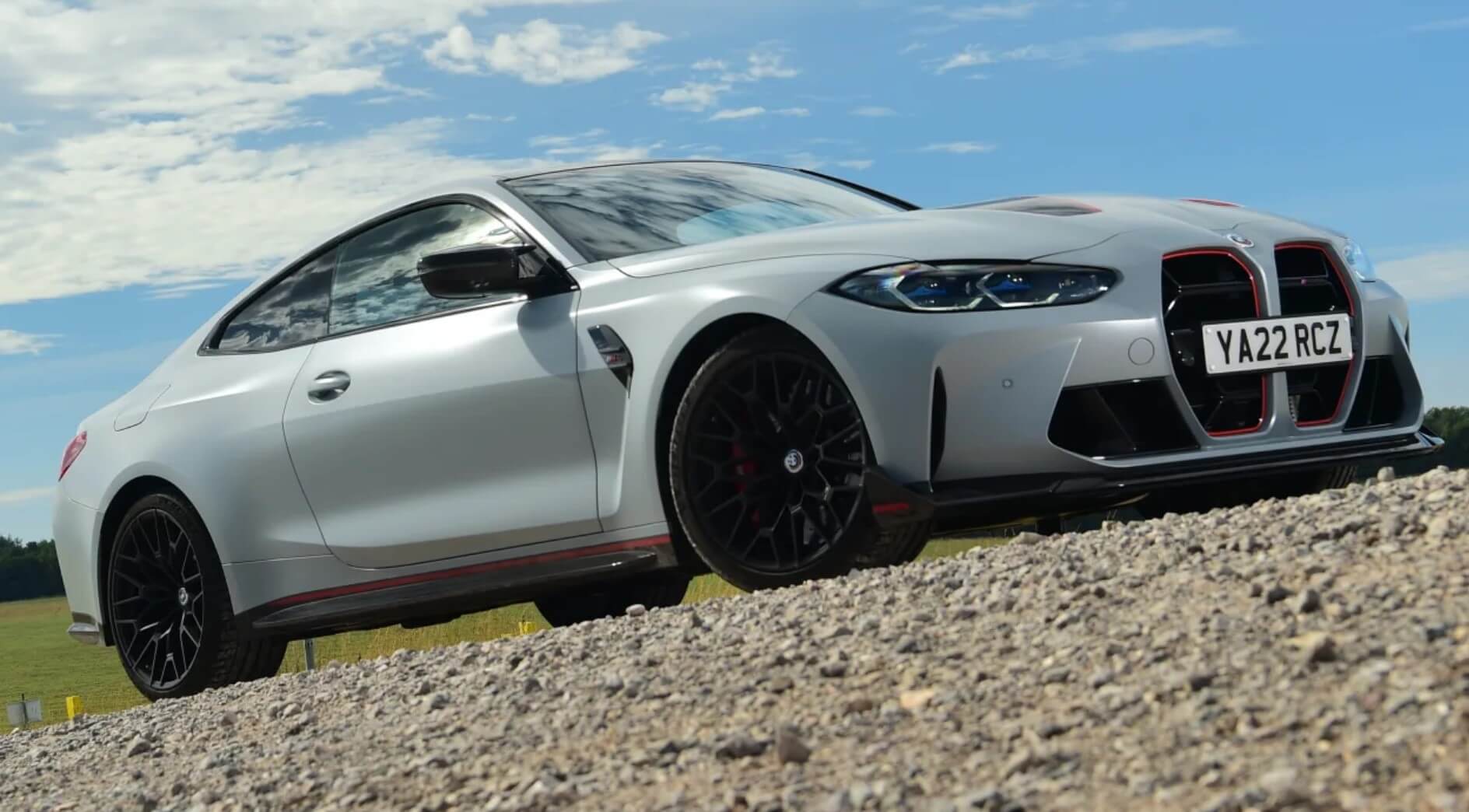In our comparison test the hot new BMW M4 CSL takes on the razor-sharp Porsche 718 Cayman GT4 RS to see which is the sharpest.
CSL: three letters guaranteed to get the pulse of any die-hard BMW fan racing. The E9 CSL “Batmobile” from the early seventies and the 2004 E46 M3 CSL are two of the brand’s performance icons, models that turned already staggering performance machines into some of the most thrilling and desirable models the company has ever built. And now the CSL badge is back.
It returns on the M4, representing the most extreme, most powerful and most focused version of the current G82-generation model we’ve yet seen. So can it live up to the reputation of its predecessors? More importantly, how does it compare with its contemporaries?
Porsche isn’t short of an iconic badge or two, and here we’re pitching CSL against RS – Cayman GT4 RS, to be precise. As with BMW, the company has taken an already impressive sports car as a starting point before its engineers left no rose joint unturned in the pursuit of producing a rare and truly special performance weapon.
Here we have two of the best driver’s cars of the modern era going head to head. This is going to be very special.
At $303,900, the M4 CSL costs a bit over $150k more than the standard M4 Competition manual, a car that’s not exactly cheap to start off with. So what do you get for roughly the price of a BMW M240i on top – and is it worth the premium?
BMW M4 CSL road test
The ‘L’ in CSL stands for lightweight, and while the car’s price is nothing of the sort, you’re paying for the fitment of plenty of weight-saving components.
Among the biggest savers are the carbon-shelled bucket seats, which weigh 24kg less than the M4’s standard items. The rear seats are removed completely, too, saving 21kg, while carbon-ceramic brakes, lightweight wheels (19 inches up front, 20 inches at the rear) and lightened suspension components trim 15kg, reducing unsprung weight in the process.
Another 15kg is lost with the removal of sound deadening, while 11kg is saved with carbon-fibre components, including the bonnet, boot and roof. The detailing then starts to border on the nerdy.
A further four kilos are saved with the titanium exhaust system, while detail changes to the climate control, kidney grille and lighter tail-light clusters trim another four kilos. However, despite those changes, the CSL is hardly a featherweight, at 1625kg.
Still, BMW has turned to the engine to liberate more shove, too. As well as the new exhaust, the two turbos run at increased pressure, which, along with tweaks to the engine management, allow the 3.0-litre straight-six to produce 405kW, 30kW more than the standard M4 Competition. At 650Nm, maximum torque is the same, while rear-wheel drive is the only drivetrain configuration available with the CSL.
From the driver’s seat, there’s not a huge amount of difference between the CSL and the standard M4. The carbon-backed seats that are optional on the regular version are standard here, and as ever, the central hump in the base cushion, which is meant to hold your thighs in place, is in the way for anyone who chooses to brake with their left foot – certainly worth bearing in mind if you’re a trackday driver.
We need to point out that, due to unpredictable weather leading up to our shoot (which we’ve done overseas given the M4 CSL has not launched in Australia yet), our test car was fitted with Michelin Pilot Sport 4 S tyres. They’re still excellent, but a little less focused than the track-biased Pilot Cup 2 tyres that are also available.
Initial impressions of the M4 CSL reveal that it doesn’t feel significantly different to the standard model. Drive it gently and it feels just as easy to live with; the ride is fairly compliant, as long as you keep away from the harshest Sport Plus mode. Those fat tyres, plus a little less insulation, mean that road noise is fairly pronounced, but it’s still less noisy than the Cayman here. It’s supremely stable at high speeds, too, so it’s a fantastic long-distance cruiser.
Peel off the motorway to find a more winding road, and the CSL has clearly dialled the sharpness up a notch from the standard M4. There’s only a hint of body movement, but it’s just enough to play with the weight transfer through a corner; turn in on the brakes and you can feel the nose tuck into the apex, or squeeze the throttle a little more aggressively, and the back end squirms as it hunts for traction.
One of the CSL’s highlights is undoubtedly those carbon-ceramic brakes. The initial bite is very sharp, so they take a little getting used to, but once you’re dialled in, their power is simply astonishing. The feel under foot gives you huge confidence, while full-power stops on track reveal both incredible stability – even when trail braking into a tight turn – and a dogged resistance to fade.
It’s just a shame that one or two areas don’t quite live up to the brakes’ sharpness, though. When pushing on, the car’s front end feels almost floaty, a symptom caused partly by a level of play in the bushings which just isn’t present in the Porsche.
It’s also a result of the steering. Yes, there’s a touch more detail than in the standard M4, but the CSL still doesn’t quite have the feel or precision to give you the ultimate confidence when pushing on.
It’s a minor complaint, but one which isn’t present in the Porsche, or even BMW’s own M5 CS, so we were hoping for similar here. There’s no doubting the M4’s speed, though.
In standard form, the M4 is a practical car that’s easy to use every day. The same applies to the CSL – as long as you’re only intending to travel two-up.
Still, the cargo net that you get in place of the rear bench lets you hold coats, soft bags and the like securely. Pop the CSL’s lightweight bootlid and there’s a generous 440 litres of storage.
In the event that the phenomenal brakes and grip aren’t enough to get you out of trouble in an emergency, the M4 is still a safe place to be. The BMW 4 Series was assessed by Euro NCAP in 2019, and it earned a full five-star rating, including an outstanding 97 per cent score in the adult occupant protection category.
Not many prospective buyers of either of these cars are going to worry about money too much, but at 12.3L/100KM, the GT4 RS proved to be slightly more economical than the CSL, which achieved 13L/100km.
Porsche 718 Cayman GT4 RS road test
It might seem bizarre to even suggest that Porsche’s most extreme 718 looks like good value, but at $300,800, it undercuts the starting price of the M4 CSL by a few thousand dollars. Add the optional Weissach pack, which includes a titanium roll cage, six-point seatbelts, and carbon finishes for various parts inside and out – most notably the bonnet and side intakes – and the price climbs by almost $30k.
In isolation, the Cayman GT4 is already a fascinating engineering spectacle, but upgrading it to full-blown RS spec lifts things to almost race car-like extremes.
From the off, the RS sheds 35kg from the GT4, courtesy of a bonnet and wings that are made from carbon fibre-reinforced plastic, a lightweight rear window and less sound insulation inside. That means there’s a kerbweight of 1490kg, which is a significant 135kg less than its rival here. Opt for the magnesium wheels and you can knock another 10kg off that number.
The new exterior panels form part of an extreme aerodynamic package. A deep front splitter, air intakes in place of the usual rear windows and the striking swan-neck wing contribute to a 25 per cent increase in downforce when compared with the GT4.
The GT4’s big brother, the 911 GT3, gets an advanced double-wishbone suspension system up front, but that’s not present here. However, the MacPherson strut layout all-round features motorsport-spec rose joints in place of every bushing – sacrificing a little refinement for greater precision.
As you’d expect from Porsche, the engine is a flat six – but while it matches the GT4’s 4.0-litre capacity, it’s unrelated to that unit. Instead, the RS uses the same motor as the 911 GT3, detuned slightly to make 368kW at a heady 8400 rpm, plus 450Nm at 6750rpm. Both figures – especially torque – are down on the M4 CSL’s, but the Cayman’s lower kerbweight means a power-to-weight ratio of 300kW per tonne – 10kW per tonne more than the BMW.
Power is sent to the rear wheels through a seven-speed gearbox, which can be controlled with paddles behind the wheel. Alternatively, shifts can be operated by pulling the dashboard shifter – pulling back to shift up, forwards to shift down – and whose design mimics the shape of a manual gearlever.
The rest of the cabin feels truly exciting, too. It’s stripped back just enough to give you a hint of the performance; the steering wheel is simple and lovely to hold, and the seats hold you firmly in place.
Wherever you look, then, the specs of the GT4 RS read like those of a race car.
With that in mind, it’s no surprise to discover that it often feels like a race car, too. It takes all of 20 yards of driving the Porsche to reveal just how much more focused it is than the CSL. It’s as if a layer of cotton wool has been lifted off all of the major controls; everything, from the steering to the body control, are superbly taut and free of slack, bristling with precision and feedback.
At low speeds, the GT4 RS’s ride is busy – perhaps too much so for some – and there’s not a huge amount of travel in the suspension, so below 30km/h, occupants are jostled about. Cambers in the road are followed gently, too, but without any unpleasant tugging of the wheel – just enough to make the car feel alive.
Raise the speed, and it’s as if the Porsche’s suspension relaxes, and everything starts to flow beautifully. The specific spring, damping and anti-roll bar settings for the RS work together to leave absolutely no doubt about what reserves of grip and traction are still to be exploited. The answer is almost always plenty, once the tyres warm up. The balance is sublime; it feels neither clumsy over the front axle nor twitchy towards the back, and the steering feels much more natural than the BMW’s.
Unlike the M4, which feels incredibly effective but ultimately leaves you feeling a little detached from the action, the GT4 RS makes you work for its performance, and ultimately leaves you feeling like your ability makes the difference.
Storage is certainly more of an issue in the Cayman than it is in the M4. Still, it’s more than good enough for a long weekend or track day. The front boot holds a modest 125 litres, while Porsche says that the space behind the seats holds another 136 litres. There’s not too much storage elsewhere, but there are pop-out cup-holders in the dash, and a storage bin between the front seats large enough for a smartphone.
Those seats hold you in beautifully, but if you’re a shorter driver, squeezing in between the sloping door pillar and the heavily bolstered seat is quite tricky.
Verdict: Is the BMW M4 CSL better than the Porsche Cayman GT4 RS?
First place: Porsche 718 Cayman GT4 RS
It’s hard to know where to start with the superlatives for the 718 Cayman GT4 RS. For many, the glorious noise of the flat-six engine will be worth the asking price on its own, but its response and the transmission are just as impressive. Then there’s the chassis, which is at least as spectacular as the powertrain. It’s an instant performance car icon, and one of the greatest of the breed we’ve ever driven.
Second place: BMW M4 CSL
It takes a very special car to beat the M4 CSL, but that’s exactly what it has faced up to here. In isolation, the BMW is incredibly fast, thrilling and fun to drive, but beside the Porsche – or even compared with some of the M Division’s past hits – it doesn’t feel as sharp or as raw as we’d have hoped. It remains practical and refined, but that’s not enough to justify the higher price.





